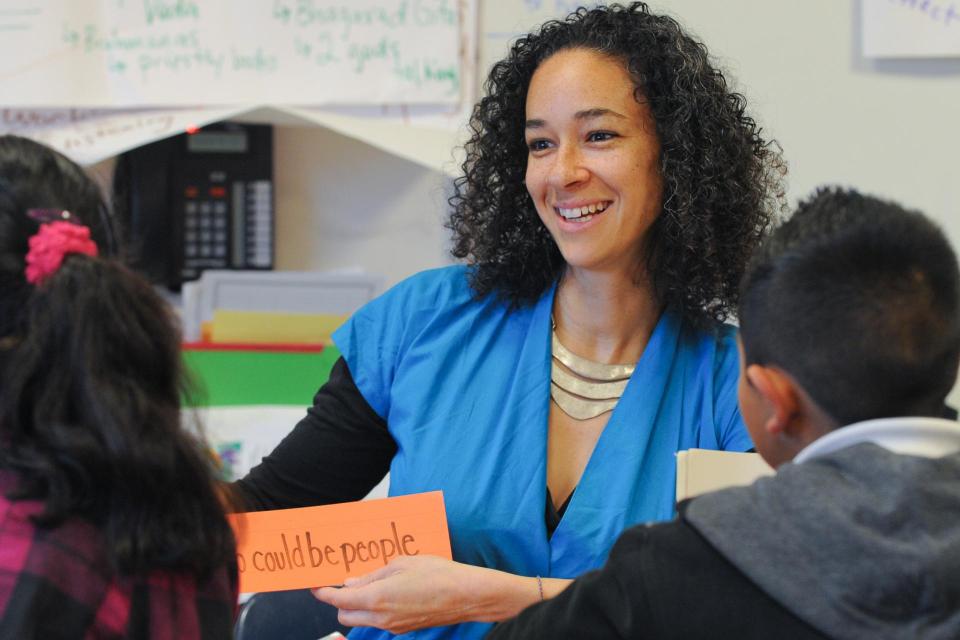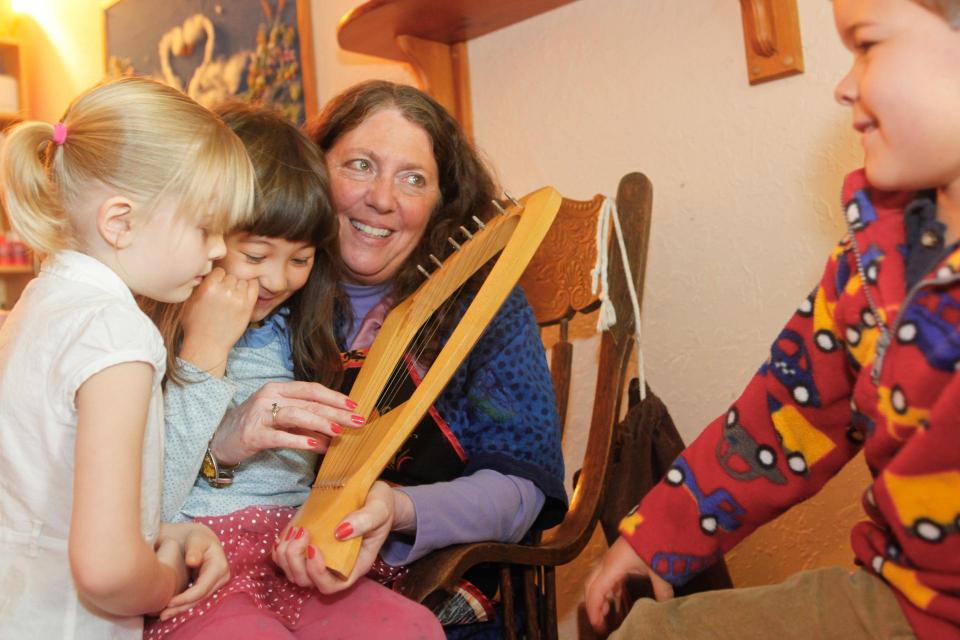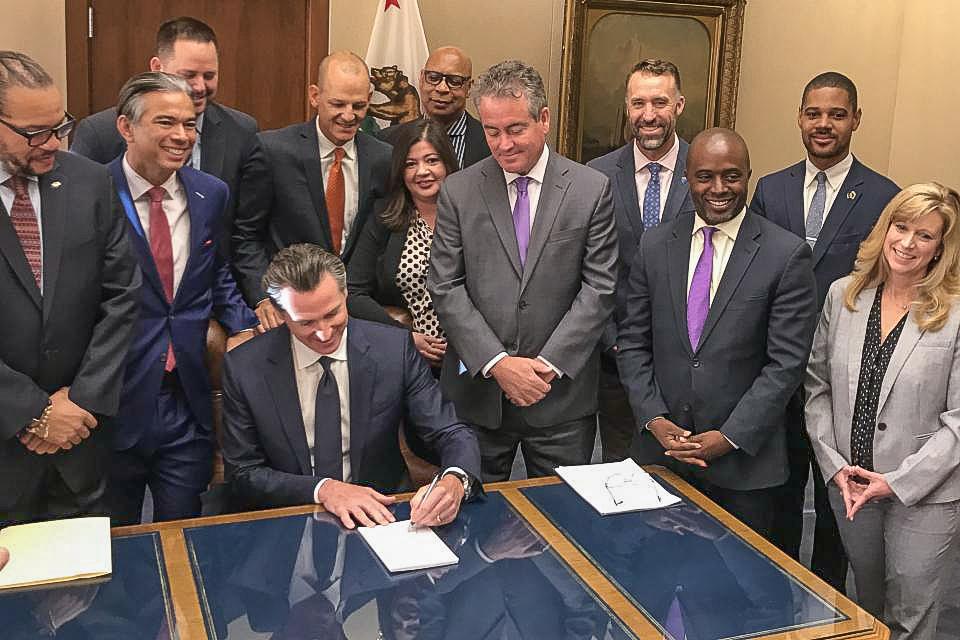Charter Schools
Charter Schools
Educators who work at charter schools are discovering the benefits of unionization…and so are their students
Union contracts strengthen collegiality, cooperation, respect, and nurture a more innovative educational environment. Collective bargaining becomes the key to improving working conditions and concerns about at-will employment and a lack of job security.
Most charters are start-ups or conversions from a regular public school. Some are affiliated with a district or county board of education. Some are independent. But all are public schools, receive public funds, and are required to follow statewide testing and accountability requirements.
Each of the following union-represented charter schools was a startup school with a unique mission, and almost all workers wanted union representation. In all schools, the administrators recognized the union after a majority of workers signed cards saying they wanted one, eliminating the need for a formal election. Here are their stories of empowerment.
Accelerated School // Los Angeles
- Founded 1994
- Los Angeles Unified School District
- Pre-K-12 with 58 teachers
- United Teachers Los Angeles, Local 1021
Accelerated is a collection of four schools founded by two Los Angeles Unified teachers. They believed they could better serve students with an integrated, creative curriculum that stressed community and included arts and yoga, according to Melah Muckelroy, a sixth grade teacher who helped organize the union and negotiate the contract.
“But the school eventually drifted away from its original practice of strong teacher participation, toward a top-down approach, leaving staff in the dark on key decisions,” says Muckelroy. “Neither parents’ nor teachers’ input was considered. Cuts were made. We lost yoga and we started wondering what the mission was.”
Teachers at this South Central school rated in with different salaries, regardless of experience. Some learned of complaints in their file only when their contracts were not renewed. They had no recourse or protection. So, they approached United Teachers Los Angeles.
Muckelroy says a call for just cause in discipline and “solidarity combined with a focused message of caring,” resulted in a solid first collective bargaining agreement that returned the school to its original mission and focus.
The contract granted equity adjustments and a 2.5 percent across-the-board raise. It also established a fair and consistent evaluation system and grievance procedure, a procedure for layoffs that considered seniority, and just cause discipline.
Muckelroy believes union organizing was one of the best things that happened to the school because it forced everyone to reflect, resulting in better practices and policies, now part of a legally binding contract.
River Oak Charter School // Ukiah
- Founded 1999
- Ukiah Unified School District
- K-8 with 11 certificated and 2 classified
- Mendocino County Federation of School Employees, Local 4345A
According to Kayla Meadows, kindergarten teacher and union negotiator, parents in the Northern California town of Ukiah were concerned about rising tuition at a nearby private Waldorf school. They wanted a charter school with state credentialed and Waldorf-trained teachers so approached Meadows and other teachers at the private school who were happy to help start River Oak.
Eventually, “unsettling personnel issues” led the teachers to organize, explains Meadows, also a member of the CFT Educational Issues Committee. The administration had fired some teachers without due process. It was particularly disturbing when one “was dismissed over hearsay without any chance to defend himself.”
With a union contract in place, the River Oak teachers gained a grievance procedure and due process. They won sick leave carryover and salary step increases, and are working towards salary and benefit reopeners. “Most important,” says Meadows, “the union united our entire school which is what I think the essence of the union should be.” In that spirit, membership also includes classified employees.
Five Keys Charter School // San Francisco
- Founded 2004
- San Francisco Unified School District
- Grades 10-12 with 35 certificated teachers
- United Educators of San Francisco, Local 61
San Francisco’s Five Keys Charter School helps county jail inmates and ex-offenders earn a high school diploma by providing classes and access to community-based recovery, parenting and work skills programs. Initiated by long-time Sheriff Michael Hennessey, Five Keys aims to reduce recidivism and improve public safety.
According to Dana Rivers, social studies teacher and union negotiator, teachers organized because of eroding working conditions. “We were required to work more hours and split shifts, teach more students, and were subject to other changes at the whim of management. Individuals had ‘secret contracts’ and were forbidden to talk to one another about their pay.
“We saw the union as a solution to our problems,” she says. “Other workers in the sheriff’s department were already organized so there was a union culture around us.”
Though bargaining was sometimes challenging, Rivers says they negotiated a “good, solid agreement.” Teachers gained a grievance process, binding arbitration, pay equity, and a progressive evaluation process, based on professional development and growth. An article on intellectual property grants teachers rights to curriculum they create.
“The contract provides a cooperative climate and stability for both administration and staff,” says Rivers. “We’ve come together on the rising cost of healthcare to find solutions. We know how much money we’re going to make; management can plan because its costs are known.
“If you want an innovative educational environment,” Rivers asserts, “you must have respect and collegiality where cooperation is the norm. And that is the huge advantage of a union contract.”
By Mindy Pines, CFT Reporter
California Teacher, Feb-Mar 2011




